Tesla Adds Adaptive Headlight Support in the U.S. and Canada With Update 2024.20
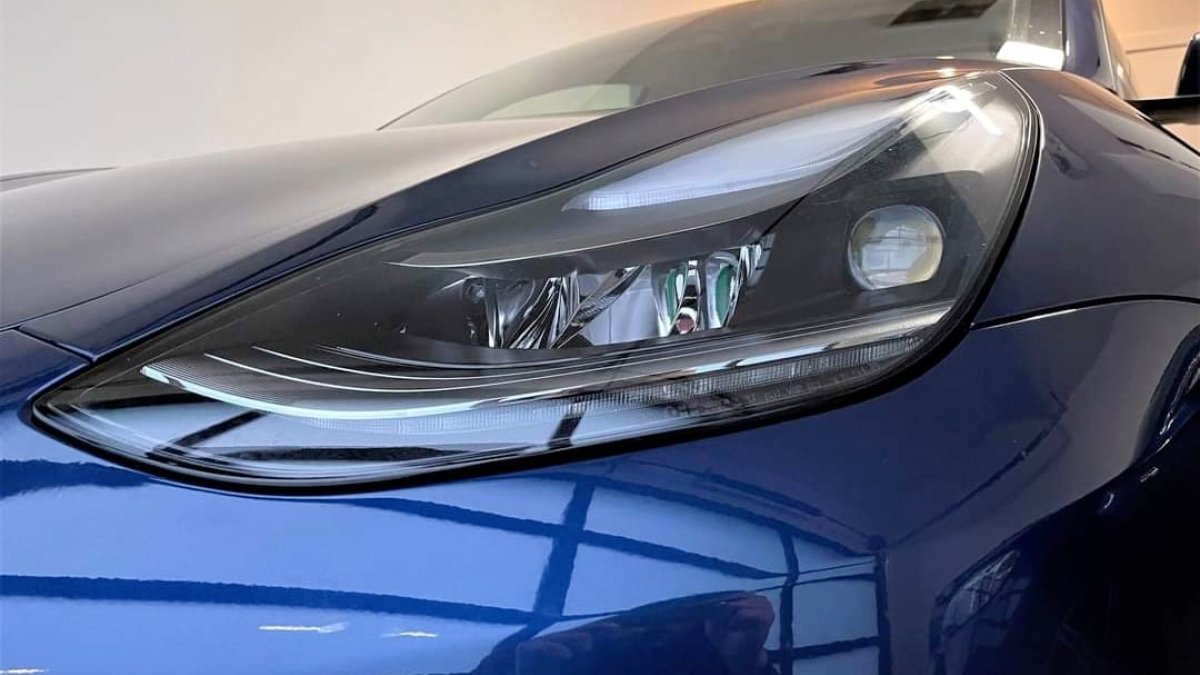
Tesla has been on a roll with updates recently, and now update 2024.20 was released to employees over the weekend. This update builds on the many features in the Spring Update and adds a few big improvements.
Adaptive Headlight Support in the US & Canada
Tesla recently tweeted that update 2024.20 is now rolling out to vehicles - and they included some surprises in this tweet. This update includes Adaptive Headlights for the United States and Canada! North America will receive adaptive headlight support by including the curve adaption feature discussed below. South Korea and Puerto Rico will also gain the feature.
Europe and possibly other regions will also include this feature in addition to being able to illuminate further on highways.
Tesla also shed some light on what’s included in the hot weather improvements. All Model 3s and Model Ys, as well as refreshed Model S and X’s will now cool down faster in hot temperatures. They will also better regulate high-voltage battery temperature for improved Supercharging performance. The Cybertruck in particular will also benefit from a quieter AC.
The full list of improvements in update 2024.20 is discussed below.
Update: This article has been updated to make it clearer that the U.S. and Canada did not receive full matrix headlight support. What they received was the ability for vehicles with matrix headlights to light up the sides of the road in response to upcoming turns. The Tesla release notes state:
“Headlights now adapt for curves in the road ahead for greater visibility in low lighting. Enable this feature in your vehicle settings at Lights > Adaptive Headlights.”
This differs from the European release notes for the same feature which state:
“Headlights now adapts for curves in the road ahead of you and illuminate farther when you’re driving on a motorway.”
“Enable these features in your vehicle settings at Lights > Adaptive Headlights.”
Adaptive Headlights
New updates to Adaptive Headlights are arriving for European cars with matrix headlights. The new update allows the headlights to adapt to curves in the road ahead of you, enabling better illumination. Having the adaptive headlights work for curves is the second major update for European headlights. Update 2024.8 added adaptive high-beam support, letting your high beams stay on longer by turning off select LEDs in the headlights.
Update 2024.2 first brought adaptive high beams to the new Model 3, before it was later introduced to older vehicles with matrix headlights. At this time, it’s not clear whether the improvements to headlights around curves will be exclusive to matrix headlights or also support the new Model 3.
How to Tell If You Have Matrix Headlights
How do you know if you have matrix headlights on your Tesla? On the outer edge of the headlight, there will be a large, round projector dome, like in the image below. If there isn’t a dome, those are standard non-matrix headlights.
Another way to tell is to run a stock light show while facing a wall. If the Tesla logo, in letters, pops up, you have matrix headlights.
For now, North America still does not have adaptive headlight support, mostly due to legislative and testing issues in the United States. The US recently approved adaptive headlights, and a Tesla employee mentioned they’re working on it. Canada has legalized adaptive headlights since 2018, so we see this deployed in North America at some point in the future.
Supercharger Races on Beach Buggy Racing 2
Tesla is still improving its Arcade functionality, with the addition of local leaderboards at Superchargers in Beach Buggy Racing 2. It appears that each individual Supercharger site will have its own leaderboard, which drivers can compete on while their cars charge. Tesla says there will also be special races to compete in this Beach Buggy Racing 2 update.
Tesla owners can plug in and play with a controller, the touchscreen, or their vehicle’s steering wheel. Thanks to steer-by-wire on the Cybertruck, the actual wheels on the truck won’t move like they do on other Tesla models when playing the game.
We continue to hope that future refreshes to the S, 3, X, and Y will eventually receive steer-by-wire as well, as the feature has quite a few unique uses, whether driving or parked.
Autopilot Strikes and Suspension
An updated Autopilot Strike system, similar to the one that is on Tesla’s upcoming FSD V12.4 update, is on 2024.20 as well. At five strikes, users will be suspended from the use of Autopilot like before, but now Tesla will remove a strike for each 7-day period the driver goes without receiving a strike.
FSD 12.4 also improves vision-based monitoring and removes the steering wheel nag, but that’s not in this latest Tesla update, but will likely be added in the future.
Tesla tends to release new Autopilot features in their FSD updates before releasing them to the wider public for regular Autopilot use.
Hot Weather Improvements
The last set of user-end improvements coming in 2024.20 will be related to hot weather, the opposite of 2024.2.6’s cold weather update. This set of changes intends to improve AUTO mode HVAC performance in hot weather, helping to cool down the cabin faster, while also maintaining comfort at lower noise levels.
There have been several updates in the last six months to Tesla’s HVAC systems, all helping to deliver a quieter, more comfortable experience, with one of the last major ones introducing cool-down or warm-up periods before blowing air into the car cabin.












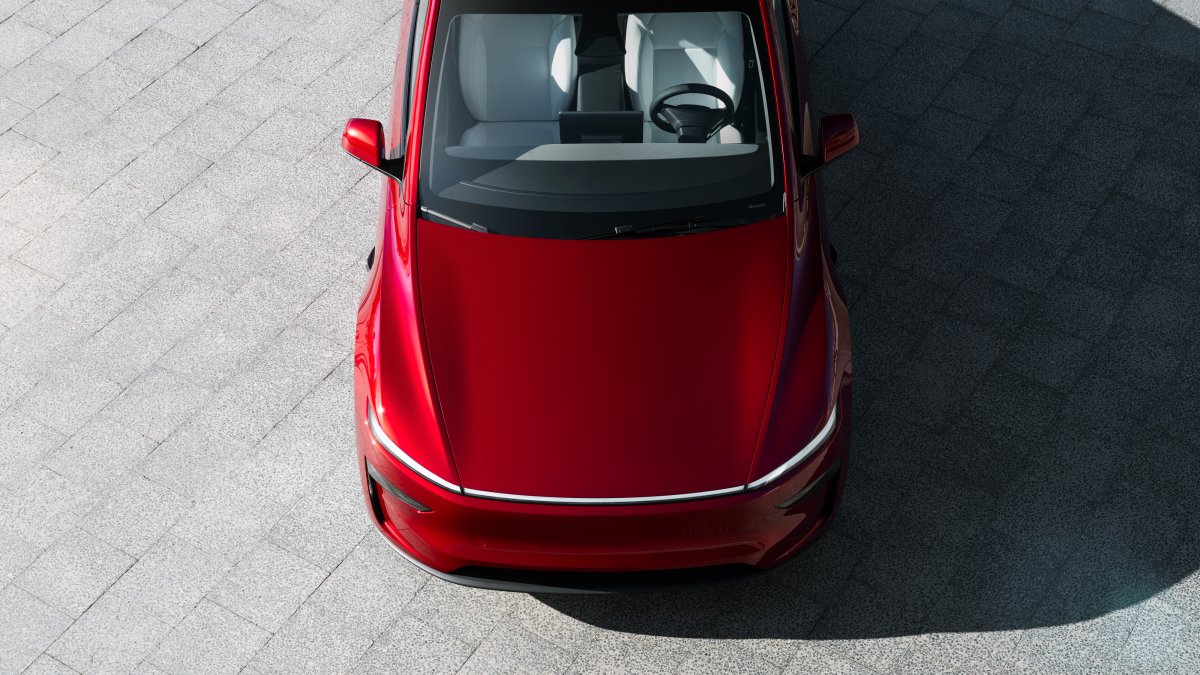
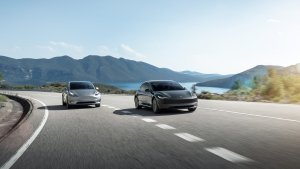

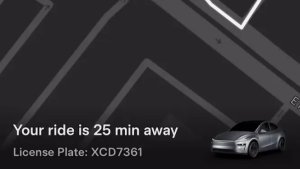
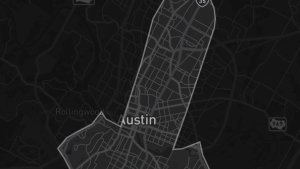
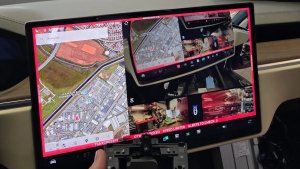
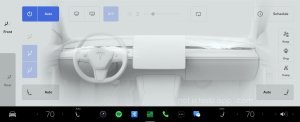
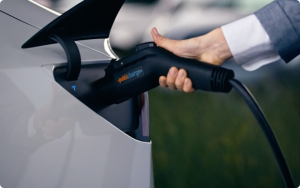


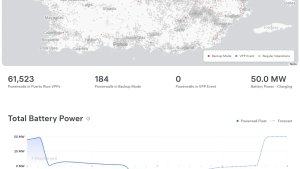
![Tesla Software Update 2025.26: Grok, Light Sync, Audio Presets and More [VIDEO]](https://www.notateslaapp.com/img/containers/article_images/tesla-update/light-sync-update.jpeg/e84ab2f1fe12f493a75927db105a9586/light-sync-update.jpg)
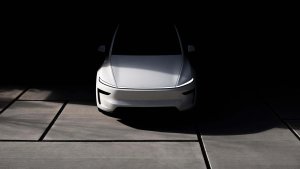
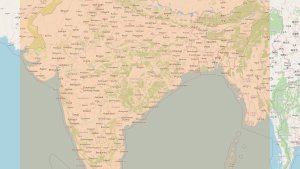
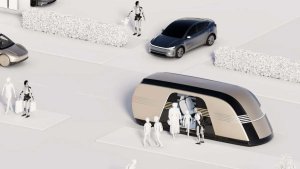
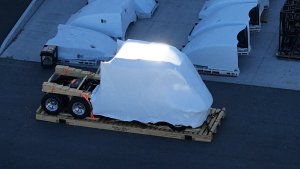
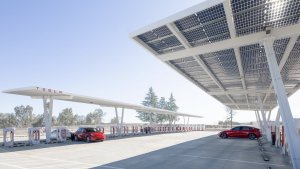
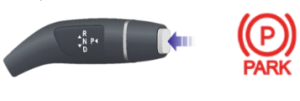
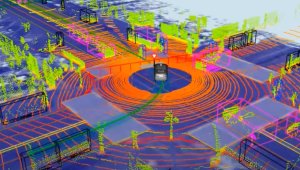
_300w.png)











